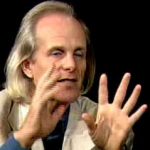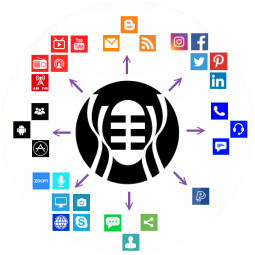New Realities, December 8, 2015

New Realities interview with Brian David Andersen
New Realities

New Realities has been the leading edge, new Consciousness cable program broadcast from New York for the last 12 years. The series is hosted & produced by Alan Steinfeld. I firmly believe that – ‘A mind stretched to new realities never returns to its original dimension.’ - Alan Steinfeld New Realities is dedicated to exploring evolving human potentials in an evolving world. This series explores the idea of how to become more conscious beings. We present programs that invite the viewer to look at automatic behaviors and take free reign of their body, mind and spirit so that we can hope to inhabit and create a better world.
This program is constantly on the look out for new and different perspectives in achieving a greater and more peaceful reality for the planet. It is about embracing a synthesis of rational understanding with mystical awareness. We must continually be on watch for ways in which we may enlarge our consciousness. We must not attempt to limit our slice of the world, which is given us, but we must somehow learn how to transform it and transfigure it.








